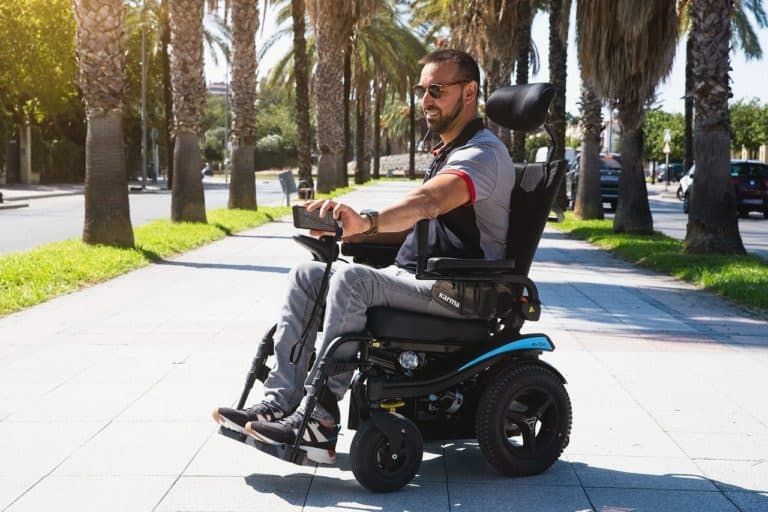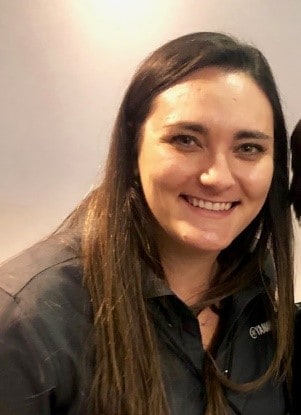Managed Long-Term Service and Supports - A New Experienced Review
New Blog Series Launch: Looking at 25 states' MLTSS managed care programs from an advocate-centered point of view
THE VBP Blog

We are launching a new series covering the states that offer a managed long-term services and supports (MLTSS) program. 25 states have Medicaid MLTSS, where state Medicaid agencies contract with managed care plans to deliver long long-term services and supports (LTSS) as of 2020, up from 8 in 2004. Many US states and territories also expanded and modified their programs. These changes and increases are due to states taking an active approach to building strategies for those who need long-term and complex care. So much has changed in the past couple of years; we thought it is time to revisit many of the states and update what we know and how well it seems to be working. The novelty of MLTSS programs has passed, and we can look at these programs from a more experienced and advocate-centered point of view…. We know you expect that!
We covered the 10 states that have managed plans care programs for the Intellectual and Developmentally Disabilities (I/DD) population. That offered a framework that we will follow for this new series as well.
- Roll Out Timing and Pace
- Level of Integration
- Managing Entity
- Population(s) Served
- Care Management and Coordination
- Current Results
MLTSS Programs and Capitated Managed Care Programs
The 25 states that offer a Managed Long-Term Services (MLTSS) model fall under one or more of the capitated managed care arrangements:
- 21 states use Medicaid MCO covering Medicaid acute care and LTSS
- 5 states use a Prepaid Health Plan (PHP) covering only Medicaid LTSS
- 9 states have an MCO arrangement for dual-eligible consumers
MLTSS programs serve people age 65 and older and people 21 – 64 with disabilities and states are working to align MLTSS and Medicaid managed care, meaning some people can be dually eligible beneficiaries can be enrolled through Medicare and Medicaid services through the same entity. This program, known and dual-eligible special needs plans (D-SNPs) could allow for a high level of coordination, as well as fully integrated dual eligible special needs plans (FIDE-SNPs), offer unique opportunities for coordinated care.
Key MLTSS Stats
- Medicaid is the nation’s primary payer for the LTSS communities – with the focus from states on shifting to home and community-based services (HCHS) so individuals can stay in their homes. In fiscal year 2016, Medicaid LTSS totaled $167 billion, and HCBS represented 57%.
- LTSS Workforce challenges – low wages, few benefits, and limited growth opportunities have created a workforce shortage. The National Center for Health Workforce projects demand will grow 48% by 2030, causing an even larger shortage.
- Housing Supports on the rise – the availability of affordable housing has been a major barrier to keep consumers in the community. States are using funding to expand state housing to increase community opportunities.
MLTSS programs serve people age 65 and older and people 21 – 64 with disabilities and states are working to align MLTSS and Medicaid managed care, meaning some people can be dually eligible beneficiaries can be enrolled through Medicare and Medicaid services through the same entity. This program, known and dual-eligible special needs plans (D-SNPs) could allow for a high level of coordination, as well as fully integrated dual eligible special needs plans (FIDE-SNPs), offer unique opportunities for coordinated care.
Advocate's Perspective
The continued adoption of managed care is an indication that MLTSS is here to stay. The fact that each plan is unique in who is included or carved out, what services are offered, the level of integration, the service coordination controls, and the role the state oversight works, makes this a challenging analysis. Our goal is to evolve this blog into a discourse and encourage you to post your comments on our site to provide the unique texture and experiences you have had.
Onward!
Share This Blog!
Get even more insights on Linkedin & Twitter

About the Author
Fady Sahhar brings over 30 years of senior management experience working with major multinational companies including Sara Lee, Mobil Oil, Tenneco Packaging, Pactiv, Progressive Insurance, Transitions Optical, PPG Industries and Essilor (France).
His corporate responsibilities included new product development, strategic planning, marketing management, and global sales. He has developed a number of global communications networks, launched products in over 45 countries, and managed a number of branded patented products.

About the Co-Author
Mandy Sahhar provides experience in digital marketing, event management, and business development. Her background has allowed her to get in on the ground floor of marketing efforts including website design, content marketing, and trade show planning. Through her modern approach, she focuses on bringing businesses into the new digital age of marketing through unique approaches and focused content creation. With a passion for communications, she can bring a fresh perspective to an ever-changing industry. Mandy has an MBA with a marketing concentration from Canisius College.
